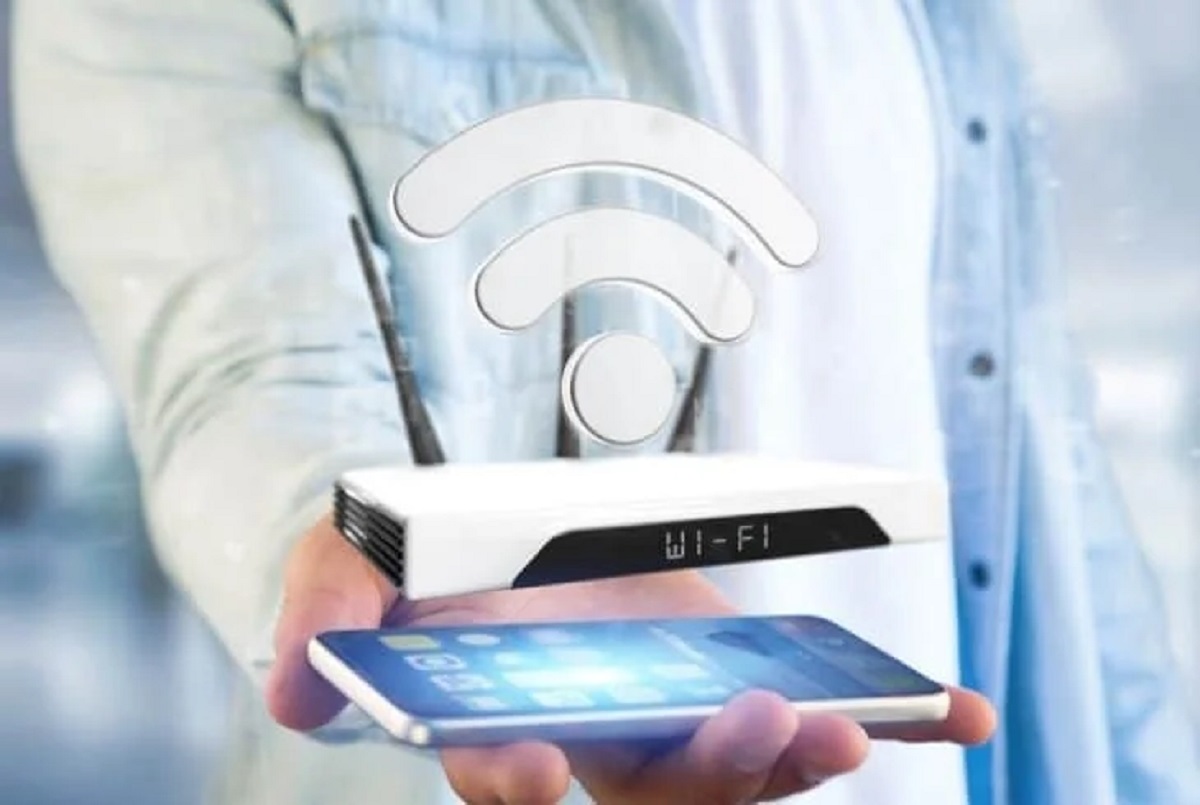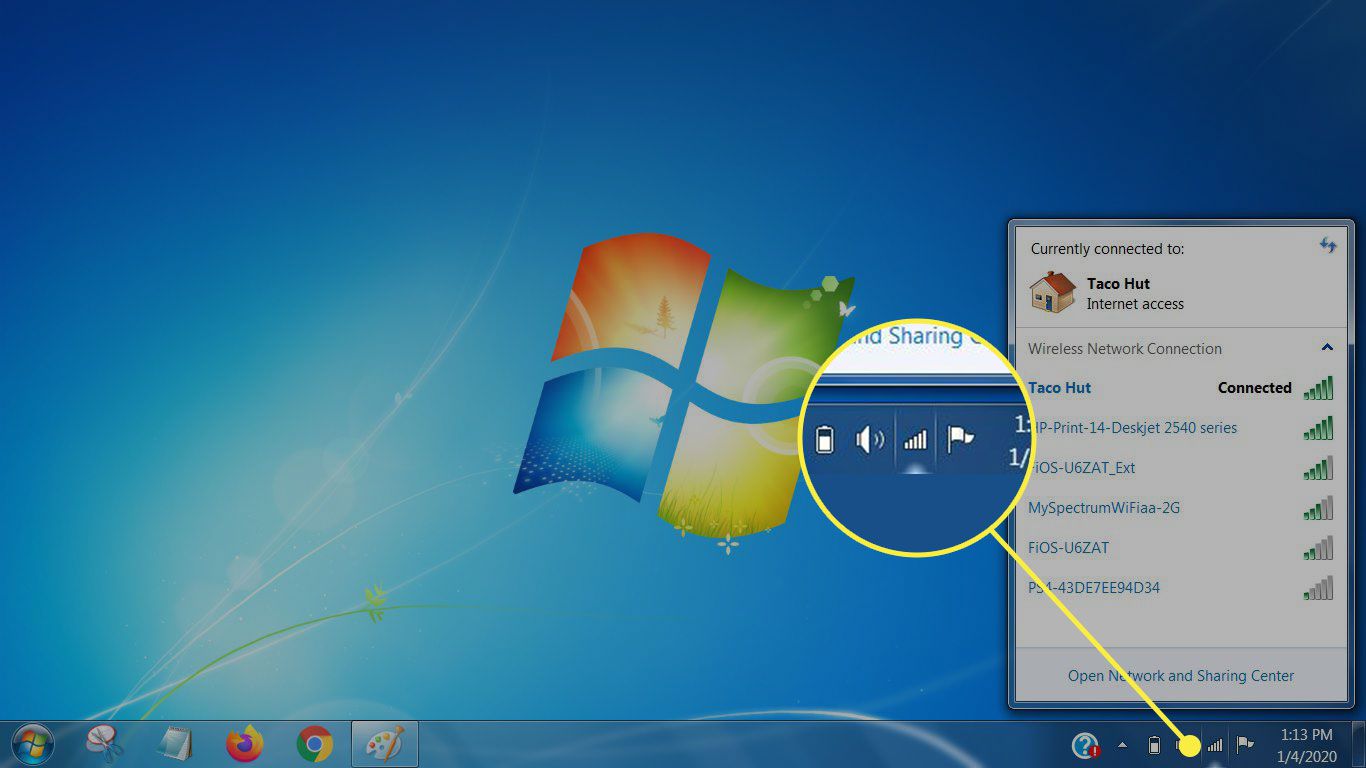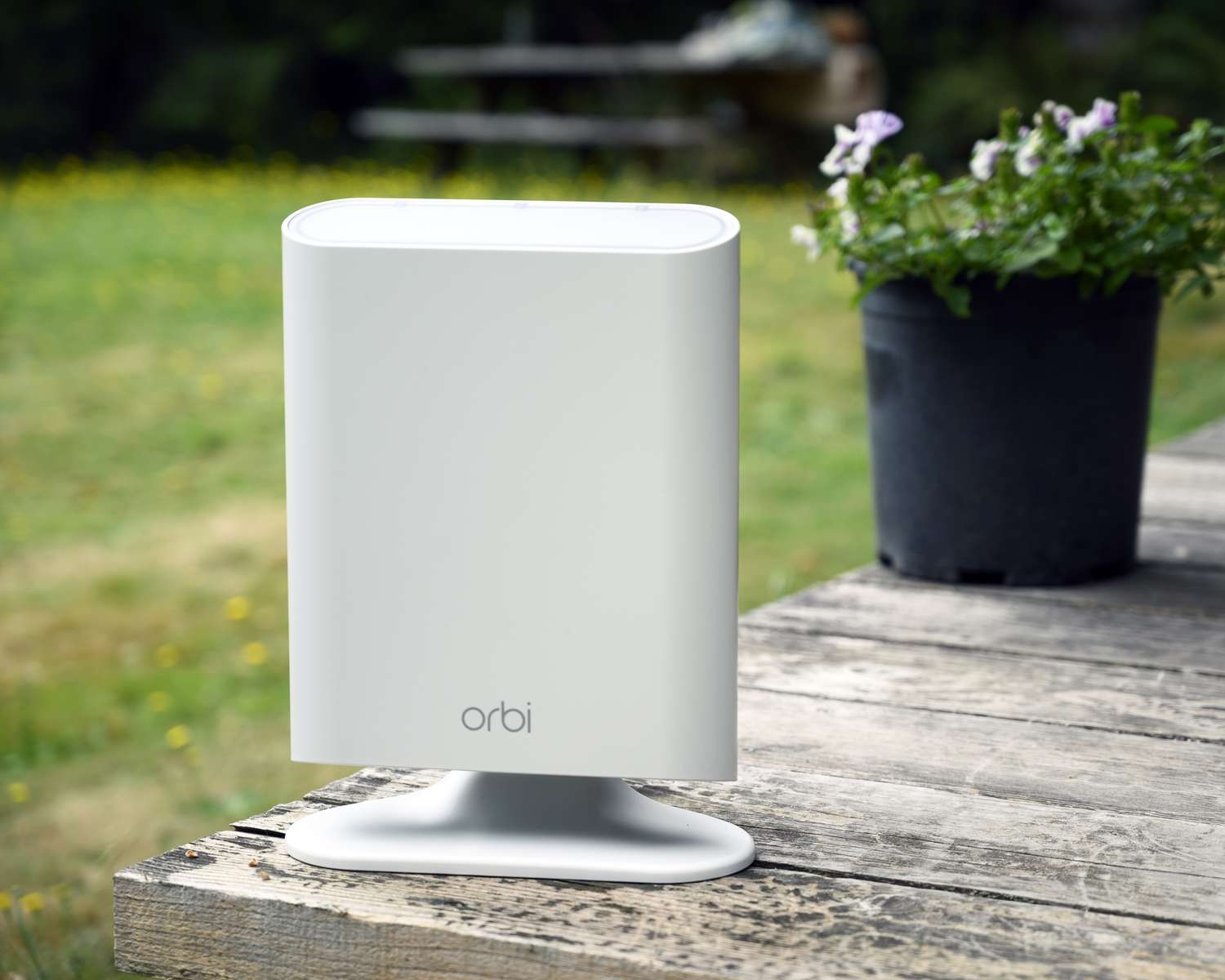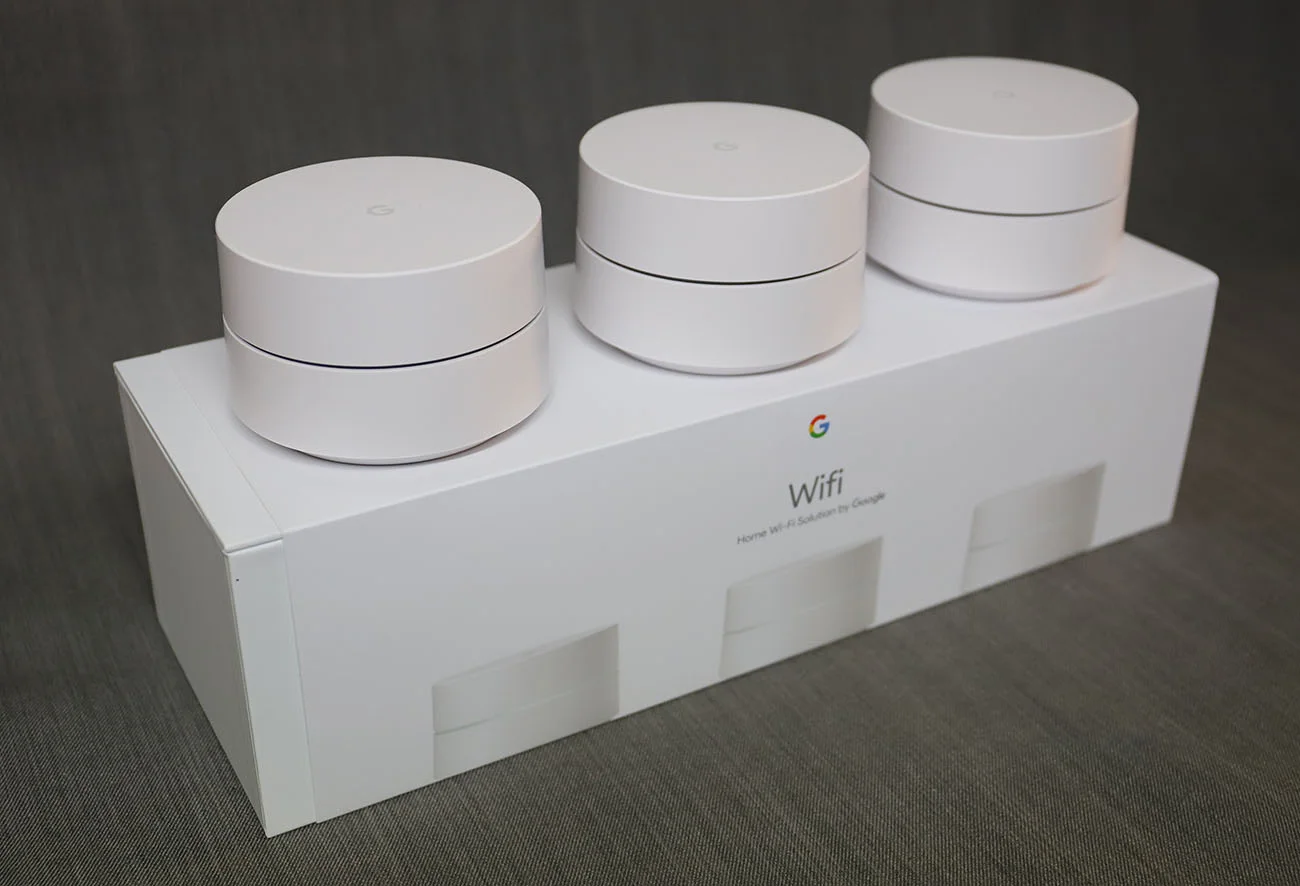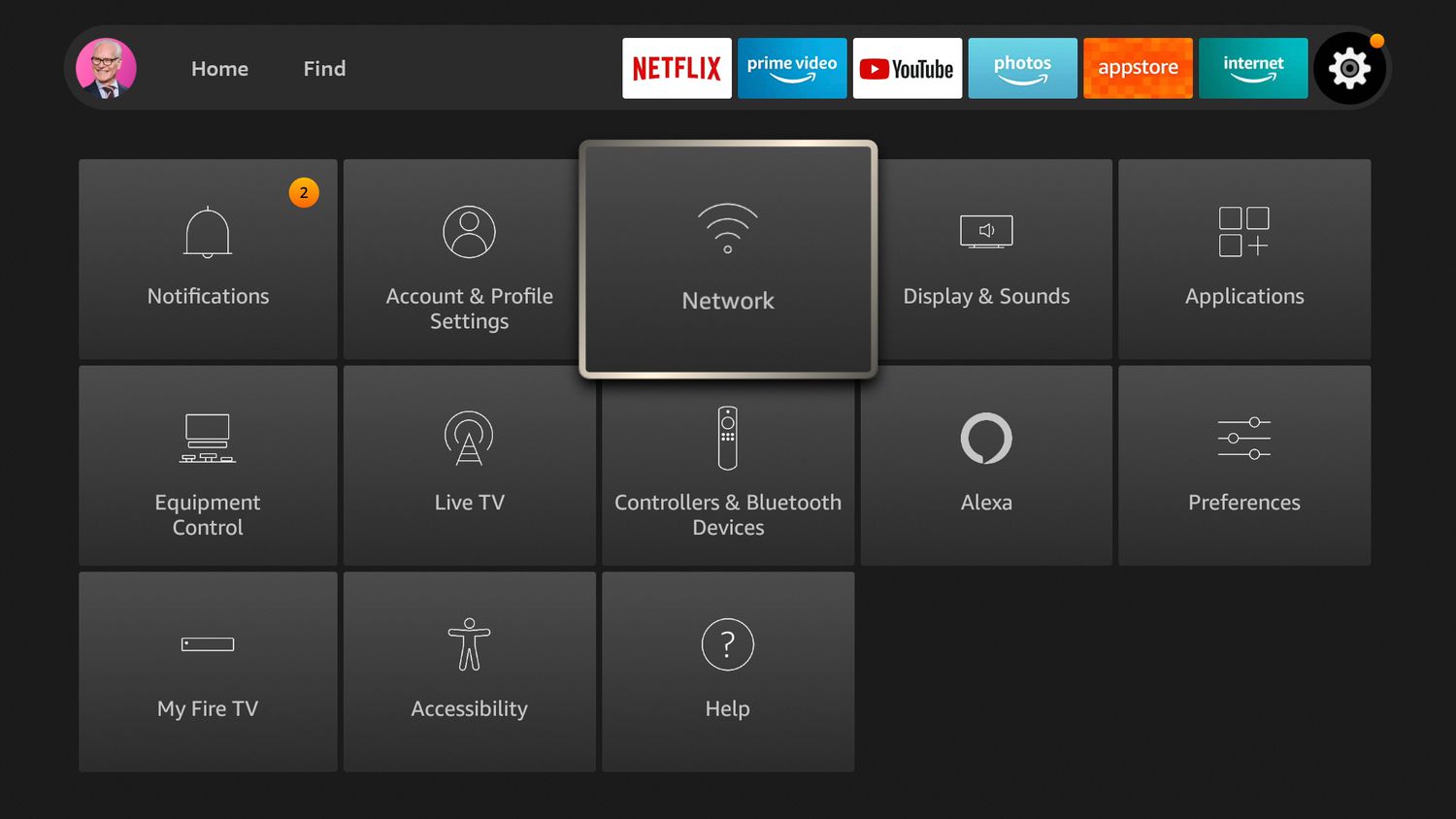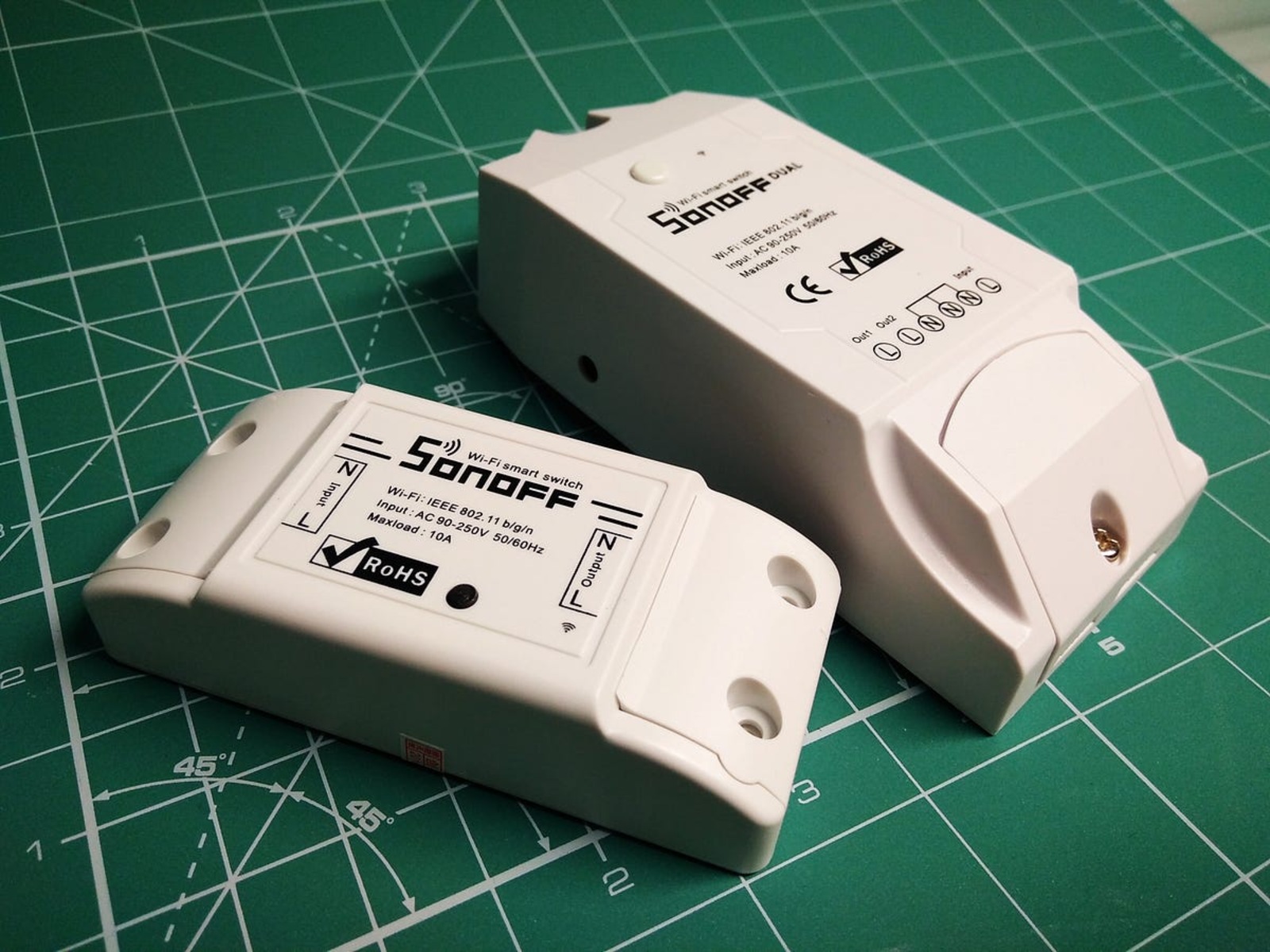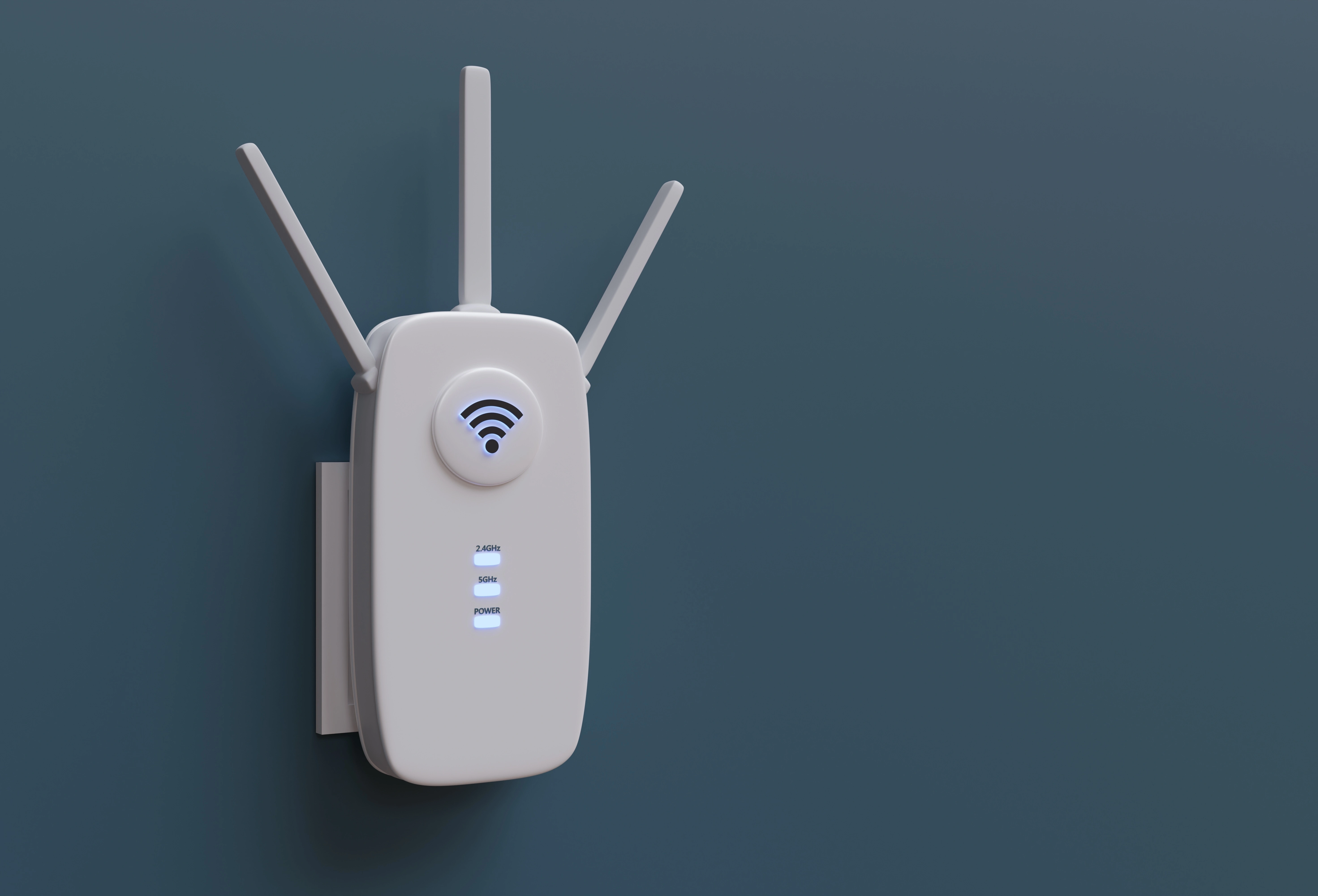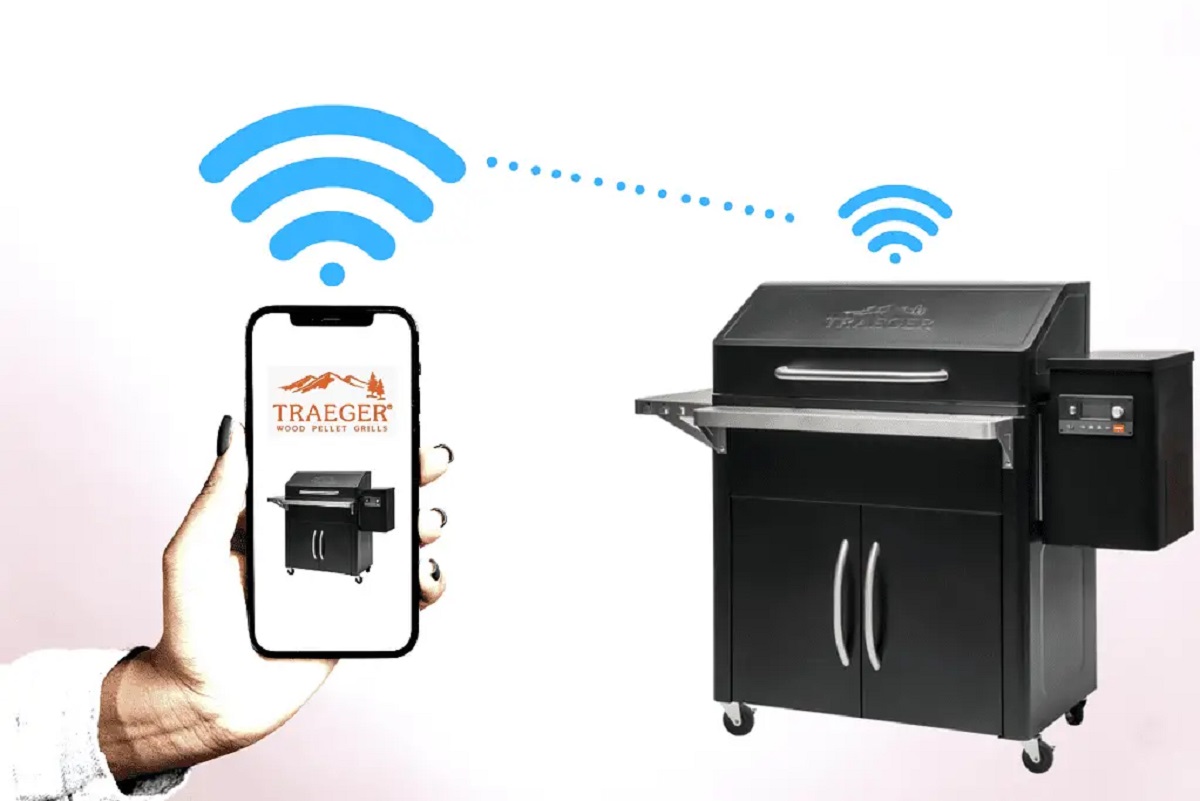Introduction
Welcome to the world of technology and connectivity, where everything is just a click away. In today’s fast-paced world, the internet has become an essential part of our daily lives. It keeps us connected, allows us to work remotely, and provides endless entertainment options. However, there may be times when you need to turn off your WiFi remotely.
Whether you’re going on vacation and want to save electricity, experiencing network issues that require a router reset, or simply want to have control over your WiFi access, being able to turn off your WiFi remotely can be incredibly convenient.
Fortunately, there are several methods available for turning off your WiFi router remotely. In this article, we will explore some of the most common methods that you can use to accomplish this task. From accessing the router’s admin panel to utilizing mobile apps and smart home assistants, we will cover several options to suit your needs.
It is important to note that the ability to turn off your WiFi remotely may vary depending on the make and model of your router. Some routers may offer built-in features, while others may require additional hardware or software to achieve remote control. Therefore, it’s essential to check your router’s specifications and consult the manufacturer’s instructions before proceeding with any method.
So, if you’re ready to take control of your WiFi remotely and enjoy the convenience it provides, let’s dive into the various methods available to turn off your WiFi router from anywhere in the world.
Why would you want to turn off your WiFi remotely?
There are several reasons why you may want to turn off your WiFi remotely. Let’s explore some of the common scenarios where remote control of your WiFi can be beneficial:
- Energy savings: Turning off your WiFi remotely can help you save energy when you’re away from home or not using the internet. By powering down your router, you can reduce electricity consumption and contribute to a greener environment.
- Security: Disabling your WiFi remotely can be a useful security measure. If you suspect unauthorized access to your network, turning off the WiFi can prevent any potential threats from accessing your devices or sensitive information.
- Network troubleshooting: Sometimes, your WiFi router may experience connectivity issues or performance problems. By remotely turning off and on your router, you can initiate a reboot and potentially resolve network-related issues without being physically present.
- Parental controls: If you have children and want to restrict their internet usage during specific times or periods, turning off the WiFi remotely can help enforce digital boundaries and ensure a healthier balance between online and offline activities.
- Improved productivity: Turning off your WiFi remotely can be beneficial when you need uninterrupted time for focused work or studying. By eliminating any distractions caused by the internet, you can enhance productivity and concentration.
- Privacy: When you’re not using the internet, turning off your WiFi can help protect your privacy by minimizing the exposure of your devices to potential hacking attempts or unauthorized access. This is particularly important when you’re away from home for an extended period.
As you can see, having the ability to turn off your WiFi remotely offers a range of advantages and conveniences. It allows you to have control over your network, promotes energy efficiency, enhances security, and improves your overall online experience. With the following methods we will discuss, you’ll be able to easily manage and manipulate your WiFi router from anywhere in the world, giving you the flexibility and peace of mind you desire.
Method 1: Using the router’s admin panel
One of the most straightforward ways to turn off your WiFi remotely is by accessing your router’s admin panel. Every router comes with a built-in administration interface that allows you to configure and manage various settings, including WiFi connectivity.
To begin, you’ll need to determine your router’s IP address, which is typically printed on the device itself or mentioned in the user manual. Open a web browser on any device connected to the same network and enter the IP address in the address bar. This will take you to the router’s admin login page.
Next, you’ll need to enter the username and password to log in. The default credentials are often ‘admin’ or ‘root’ for the username and ‘password’ or ‘admin’ for the password. If you have changed these credentials in the past and cannot remember them, you may need to reset the router to factory settings.
Once you’ve successfully logged in, navigate to the WiFi settings or Wireless section of the admin panel. Here, you should find an option to turn off the WiFi or disable the wireless network. Click on the appropriate option and save the changes.
Now, you have successfully turned off your WiFi remotely using the router’s admin panel. To turn it back on, simply repeat the steps and choose the option to enable the WiFi network.
It is worth noting that accessing the router’s admin panel and making changes to its settings require prior knowledge and understanding of networking concepts. If you are not confident in your technical skills, it is recommended to seek assistance from an IT professional or refer to the router’s documentation for detailed instructions.
This method is compatible with most routers and provides a direct way to control your WiFi remotely without the need for any additional apps or devices. However, it does require you to be connected to the same network as the router for the initial setup process.
Now that we have explored one method, let’s move on to the next to discover alternative ways to turn off your WiFi remotely.
Method 2: Using a mobile app
If you prefer a more user-friendly and intuitive approach, using a mobile app to control your WiFi remotely can be a convenient option. Many router manufacturers provide dedicated mobile apps that allow you to manage and control your network settings from your smartphone or tablet.
To get started, visit the app store on your mobile device and search for the official app developed by your router manufacturer. Once you find the app, download and install it onto your device.
After installing the app, open it and follow the on-screen instructions to set up your router. This typically involves connecting your mobile device to the same WiFi network as your router and entering the necessary login credentials, such as the router username and password.
Once the setup is complete, you should have access to a range of features and settings through the mobile app. Look for an option to turn off or disable the WiFi network. Depending on the app, this feature may be labeled differently, such as “WiFi Control,” “Wireless Settings,” or “Network Management.”
Tap on the appropriate option and confirm your decision to turn off the WiFi remotely. The app should update the setting on your router accordingly, disabling the wireless network and disconnecting any connected devices.
To turn the WiFi back on, simply open the app again, navigate to the WiFi control section, and choose the option to enable the WiFi network.
Using a dedicated mobile app offers a user-friendly and intuitive way to control your WiFi remotely. It eliminates the need to access the router’s admin panel through a web browser and provides a streamlined interface specifically designed for mobile devices.
However, it’s important to note that not all routers have dedicated mobile apps, and compatibility may vary depending on the router model and manufacturer. If your router does not have an official app available, you can explore third-party apps that offer similar functionality.
Now that you are familiar with using a mobile app to control your WiFi remotely, let’s explore another method that involves using a smart home assistant.
Method 3: Using a smart home assistant
If you have a smart home assistant device, such as Amazon Echo with Alexa or Google Home with Google Assistant, you can leverage its capabilities to control your WiFi remotely. Smart home assistants offer voice-activated control, making it incredibly convenient to manage your network settings without needing to access any physical devices or apps.
To get started, ensure that your smart home assistant device is set up and connected to the same WiFi network as your router. Follow the manufacturer’s instructions to connect it to your home network if you haven’t done so already.
Once your smart home assistant is connected, you can use voice commands to control your WiFi remotely. For example, if you’re using an Amazon Echo with Alexa, simply say “Alexa, turn off the WiFi” or “Alexa, disable the wireless network.” If you’re using Google Home with Google Assistant, say “Hey Google, turn off the WiFi” or “Hey Google, disable the wireless network.”
Your smart home assistant will interpret the command and send the necessary instructions to your router, turning off the WiFi network. It will typically provide you with a verbal confirmation or response to indicate that the process was successful.
To turn the WiFi back on, use a similar voice command, such as “Alexa, turn on the WiFi” or “Hey Google, enable the wireless network.” Your smart home assistant will execute the command, and the WiFi network will be reactivated.
It’s important to note that this method requires compatibility between your smart home assistant device and your router. Not all routers support remote control via smart home assistants, so it’s recommended to check with the manufacturer or consult the user manual to ensure compatibility.
Using a smart home assistant to control your WiFi remotely offers a hands-free and convenient way to manage your network settings. Whether you’re in another room or away from home, you can simply use voice commands to turn off or turn on the WiFi network, giving you effortless control over your internet connectivity.
Now that you have learned how to use a smart home assistant, let’s explore another method that allows remote access to your WiFi router through remote desktop software.
Method 4: Using remote desktop software
If you’re looking for a more comprehensive and versatile solution to control your WiFi remotely, using remote desktop software can be an effective option. Remote desktop software allows you to access and control your home computer or router from any device with an internet connection.
To begin, you’ll need to install remote desktop software on your home computer or the device connected to your router. There are several trusted options available, such as TeamViewer, AnyDesk, or Chrome Remote Desktop. Choose the software that best suits your needs and follow the installation instructions provided by the software developer.
Once the software is installed on your home computer, you’ll need to set it up for remote access. This typically involves creating an account and enabling remote connections in the software’s settings. You may also need to configure port forwarding on your router to allow incoming connections.
After the setup is complete, install the remote desktop software on the device from which you want to control your WiFi remotely. This can be your laptop, smartphone, or another computer. Sign in to your remote desktop software account using your credentials.
Now, you should see your home computer or router listed in the remote desktop software interface. Select it to establish the remote connection. Depending on the software, you may need to enter a code or password to authenticate the connection.
Once the remote connection is established, you’ll have access to your home computer’s desktop or the router’s admin panel on your device. Navigate to the WiFi settings or wireless network section as you would if you were physically present.
Find the option to turn off the WiFi or disable the wireless network and select it. Save the changes to apply the setting, and the WiFi network will be turned off remotely.
To turn the WiFi back on, repeat the steps to establish the remote connection and navigate to the WiFi settings. Choose the option to enable the WiFi network and save the changes.
Using remote desktop software provides you with complete control over your WiFi router, just as if you were physically present. It offers flexibility and functionality for managing your network remotely, making it an ideal solution for advanced users or those who require extensive control over their WiFi settings.
Now that you have learned how to utilize remote desktop software, let’s explore the final method, which involves using a power switch with remote control functionality.
Method 5: Using a power switch with remote control
If you’re looking for a simple and straightforward way to turn off your WiFi remotely, using a power switch with remote control functionality can be an effective option. These power switches, also known as smart plugs or smart outlets, allow you to control the power supply to your WiFi router from anywhere using a remote control or a mobile app.
To get started, you’ll need to purchase a power switch with remote control functionality that is compatible with your router. There are several options available in the market, so make sure to choose one that meets your requirements.
Once you have the power switch, follow the manufacturer’s instructions to set it up. This usually involves plugging the switch into a power outlet and connecting your WiFi router’s power cord to the switch. Make sure the power switch is connected to the same WiFi network as your other devices.
Next, download and install the manufacturer’s mobile app onto your smartphone or tablet. Connect the app to the power switch, usually by scanning a QR code or entering a unique identifier provided with the device.
Once the app is connected, you’ll have the ability to control the power supply to your WiFi router remotely. Open the app and look for the option to turn off or on the power switch. Tap on the appropriate button to turn off the power, which will effectively turn off your WiFi network.
To turn the WiFi back on, simply use the app to turn on the power switch, and the WiFi network will be reactivated.
Using a power switch with remote control functionality offers a convenient and accessible way to control your WiFi remotely. You can easily turn off or turn on your WiFi network with the touch of a button or a few clicks on your smartphone, providing you with flexibility and control over your internet connectivity.
It’s important to note that the compatibility of power switches may vary depending on the router model and manufacturer. Additionally, some power switches may offer additional features such as scheduling or energy monitoring, allowing you to further optimize your WiFi usage.
Now that you’re familiar with using a power switch with remote control functionality, let’s summarize the different methods we have explored to turn off your WiFi remotely.
Conclusion
Being able to turn off your WiFi remotely provides convenience and control over your network settings. Whether you want to save energy, enhance security, troubleshoot network issues, enforce parental controls, improve productivity, or protect your privacy, there are several methods available to accomplish this task.
We have explored five different methods that enable remote control of your WiFi. You can use the router’s admin panel, a mobile app provided by the router manufacturer, a smart home assistant, remote desktop software, or a power switch with remote control functionality.
Using the router’s admin panel gives you direct access to the WiFi settings, while a mobile app offers a user-friendly interface for managing your network. Smart home assistants provide voice-activated control, and remote desktop software allows you to access your router or computer from anywhere. A power switch with remote control functionality offers a simple way to turn off the power supply to your WiFi router remotely.
Before attempting any method, ensure that your router is compatible and that you understand the setup process. Refer to the manufacturer’s instructions or consult an IT professional if needed. It is also important to remember that remote control capabilities may vary depending on the router model and manufacturer.
In conclusion, having the ability to turn off your WiFi remotely empowers you to have control over your network, optimize energy consumption, enhance security, troubleshoot issues, and promote a healthier digital lifestyle. Choose the method that best suits your needs and enjoy the convenience and flexibility of remotely managing your WiFi network from anywhere in the world.







